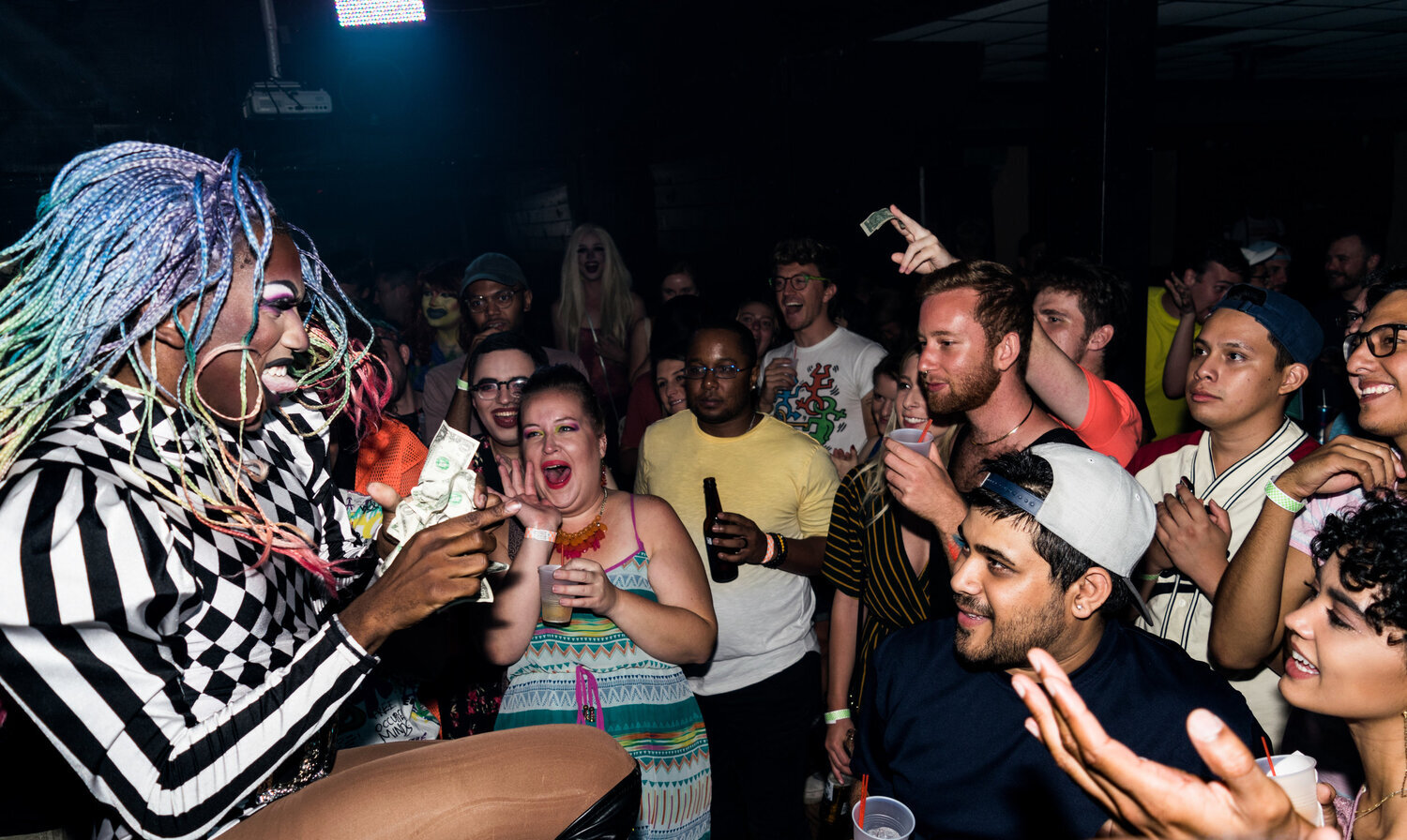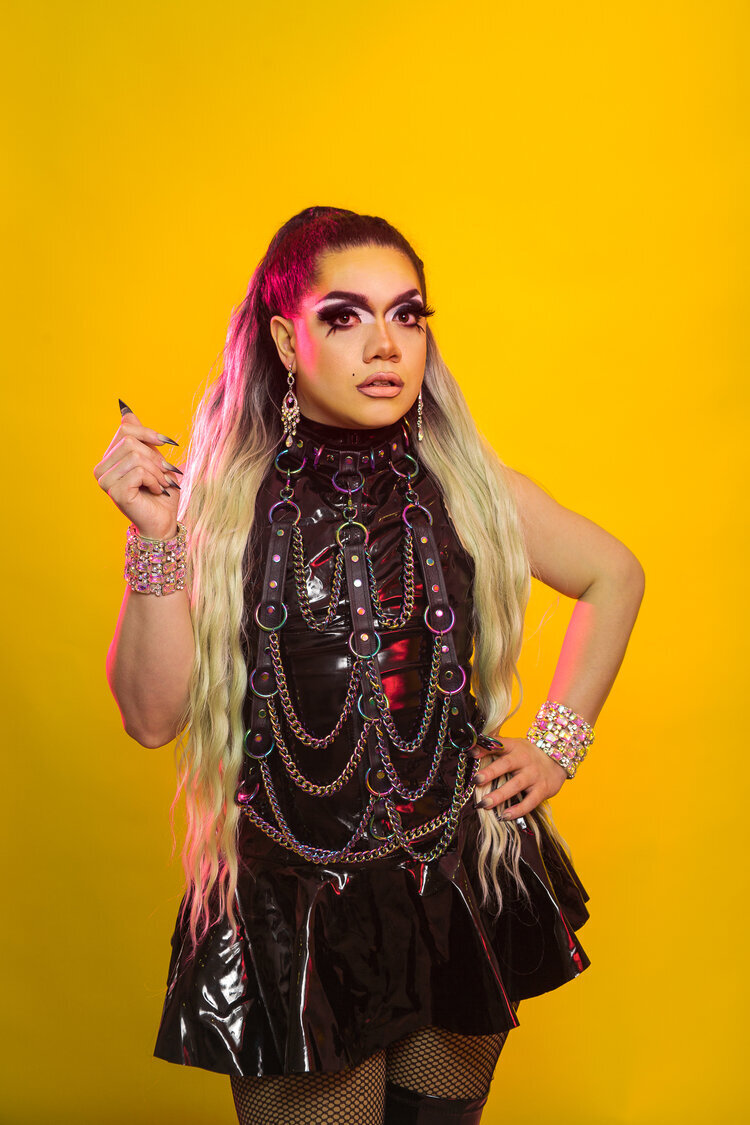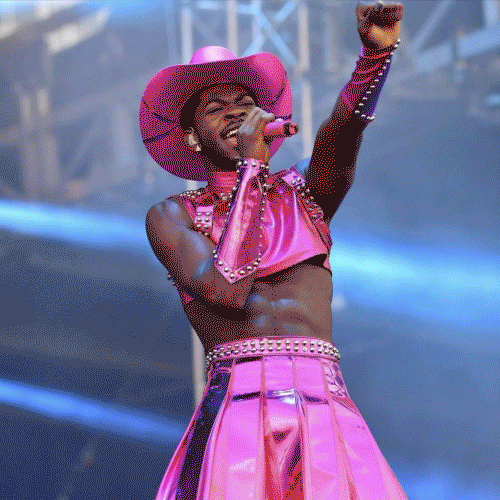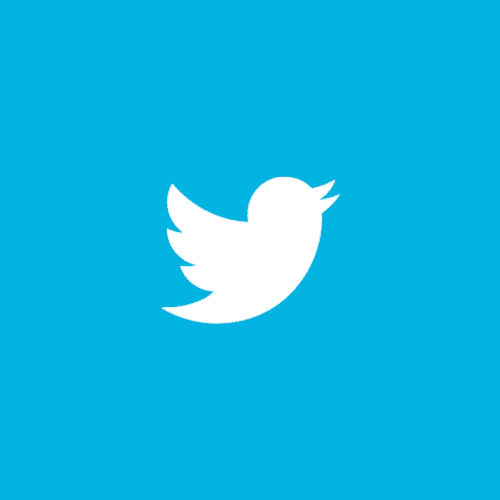How Mainstream Media’s Representation of Drag Affects Atlanta’s Drag Scene
DOTTE COM // PHOTO: MANUEL MENENDEZZ @NECROMANNY
Drag is the most visible it has ever been in mainstream media. The massive success of RuPaul’s Drag Race led to the birth of television programs like The Boulet Brother’s Dragula and We’re Here. Television’s recent representations of drag gave performers more visibility on nearly all social media platforms. Thus, gathering a social following and building a career off of drag has become more appealing through a rose tinted screen. While mainstream media tells us a digestible story about drag, the Atlanta community tells another.
The mainstream visibility increased the amount of prospective drag performers in the Atlanta scene. “There’s a new drag performer born everyday.” Demi Valentine said. Demi Valentine is a Atlanta based drag queen, who started performing drag in 2018. Since then, she has competed in Dragnificent (an annual ATL drag competition), performed at Starlight Cabaret, and performed with Charli XCX.
DEMI VALENTINE, PHOTO: JON DEAN
Because of drag’s broadened exposure, people have been exposed to different kinds of drag. The visible variety of performances motivates newcomers to experiment.
“New performers draw inspiration [from media], and then they figure out how to push the envelope.” Demi said.
Platforms like YouTube and Instagram made learning about drag basics more accessible to those who are interested. Tutorials are free on YouTube and inspiration is a click away. However, there’s a level of disconnect where learned skill and gained experience meet.
“I think people look at online performers and they see follower count and they think ‘Oh, I could definitely do that and get to that point.’ But a lasting career in drag, both online and in person, takes years of cultivation and hard work.” Taylor Alxndr said.
During her attendance, Georgia State’s GSA introduced Taylor Alxndr to drag in 2011. “I feel like I was lucky to be from really the last generation that started doing drag because they wanted to do drag; not because they saw it on TV.” Taylor said.
Despite the increase of performers, the amount of available venues is disappearing. With the COVID-19 pandemic, queer spaces in Atlanta are closing at a rapid pace. This reduction makes it harder for prospective queens to gain experience. Meanwhile, the drag scene is becoming more competitive as performers compete for space.
“That’s what we ultimately need,” Demi said. “We need more spaces for us to perform.”
On the other hand, drag performances have garnered larger audiences within the past year. The drag show crowds have become more diverse with more straight people attending shows. However, the popularization of gay bars to straight audiences has been leading for queer people to be once again pushed out of their own spaces.
Moreover, watchers of drag competition shows have come to expect a certain amount of gags and reveals, and it creates a preconceived expectation for drag performers.
“Because people are ‘trained to’ know what to expect from a show… It dilutes a lot of things about drag, but it also makes people work that much harder trying to do the next best thing,” Mystery Meat, an Atlanta-based drag king, said.
While drag queens have been in the process of being introduced to the mainstream for a couple of decades, drag kings have not garnered nearly the same level of attention despite having the same extensive history.
MYSTERY MEAT, PHOTO: JERRY SIEGEL
When Mystery Meat started doing drag in Atlanta, there were few drag king shows; therefore, he took steps in starting his own drag king only show called Macho Man. Once the space became available, support and performers arrived. “I didn’t know where they came from. All these kings started coming out,” Meat said.
Since the amount of Atlanta’s drag spaces have closed, many forms of drag are at an awkward crawl of growth. “It’s grown a lot. There’s a lot of kings, and it all comes down to a place that will book them and a place to be booked.” Meat said. Permanent closures of bars such as Sequel Atlanta, hit the drag king community hard.
“People don't know that we are here, and we don’t even know that we are here because we don’t know where we can go. And when we have the space to go, it's surprising how many people would come out to come and do it,” Meat said.
Meat also points out Landon Cider’s Season 2 win of Boulet Brothers’ Dragula gave many drag kings a reference of the extent drag kings can push their art. “That gap is really starting to be closed. I think that drag kings are understanding that they can be just as loud and take up just as much space as queens,” Meat said.
While the visibility of drag and gender has benefitted the queer community in normalization of LGBTQ identities, the mainstream marketability of queerness sanitized a subculture. To appeal to a wide audience, controversy, edginess, and challenging conversations have been removed from the most accessible forms of drag. Ultimately in a consumer society, when a subculture is made to be digestible, artistic integrity is lost.
PHOTO: JULIUS D. HIGH
“It’s hard because so much of the art that we make is born out of struggle, the love for ourselves, and the love for our community,” Taylor said. When mainstream media creates new subcultures that are devoid of their original source, historical and communal significance is lost.
Despite the issues drag may face while it has a shining spotlight in mainstream media, the art form as a whole has been taken more seriously. While it is made to be marketable, drag is gaining its well deserved respect. Representation of queer media has shifted from making queerness the butt of a joke to displaying the beauty of the identities the community holds.
“As a musician who performs in drag sometimes, I think I’ve definitely benefited from that exposure,” Taylor said. “Because now I’m able to play at different venues across the south that actually respect my artistry.”
A variety of audiences when attending shows or watching television are willing to suspend their disbelief to give into the performers imagination. “To me it's about this combination of meeting expression with theater.” Meat says. “When I perform, a lot of times I am getting something out of me. But it’s even better when the [audience] doesn’t even know that’s happening. They’re completely in the world I’ve created.”
The best way to support drag is to engage with your local community. The energy of in person drag shows can’t be matched by any show or TikTok video. The diversity of the Atlanta drag scene is a testament of the artistic expression drag was created for.
—
Imani Beverly-Knox is an Atlanta-based writer and educator. She specializes in researching arts and culture within the Southeastern United States to promote new creative forms while memorializing past artistic voices. Follow her on Twitter @ibeverlyknox .
Archive
- September 2025
- August 2025
- May 2025
- February 2025
- November 2024
- October 2024
- September 2024
- August 2024
- July 2024
- June 2024
- May 2024
- April 2024
- October 2023
- July 2023
- June 2023
- May 2023
- April 2023
- March 2023
- February 2023
- June 2022
- April 2022
- March 2022
- January 2022
- December 2021
- October 2021
- September 2021
- August 2021
- July 2021
- June 2021
- May 2021
- April 2021
- March 2021
- February 2021
- January 2021
- December 2020
- October 2020
- September 2020
- August 2020
- July 2020
- June 2020
- May 2020
- April 2020
- March 2020
- February 2020
- January 2020
- December 2019
- November 2019
- October 2019
- September 2019
- August 2019
- July 2019
- June 2019
- May 2019
- April 2019
- March 2019
- February 2019
- January 2019
- December 2018
- November 2018
- October 2018
- September 2018
- August 2018
- July 2018
- June 2018
- May 2018
- April 2018
- March 2018
- February 2018
- January 2018
- December 2017
- November 2017
- October 2017
- September 2017
- August 2017
- July 2017
- June 2017
- May 2017
- April 2017
- March 2017
- February 2017
- January 2017
- December 2015
- November 2015
- October 2015
- September 2015
- August 2015
- July 2015
- June 2015
- May 2015
- April 2015











